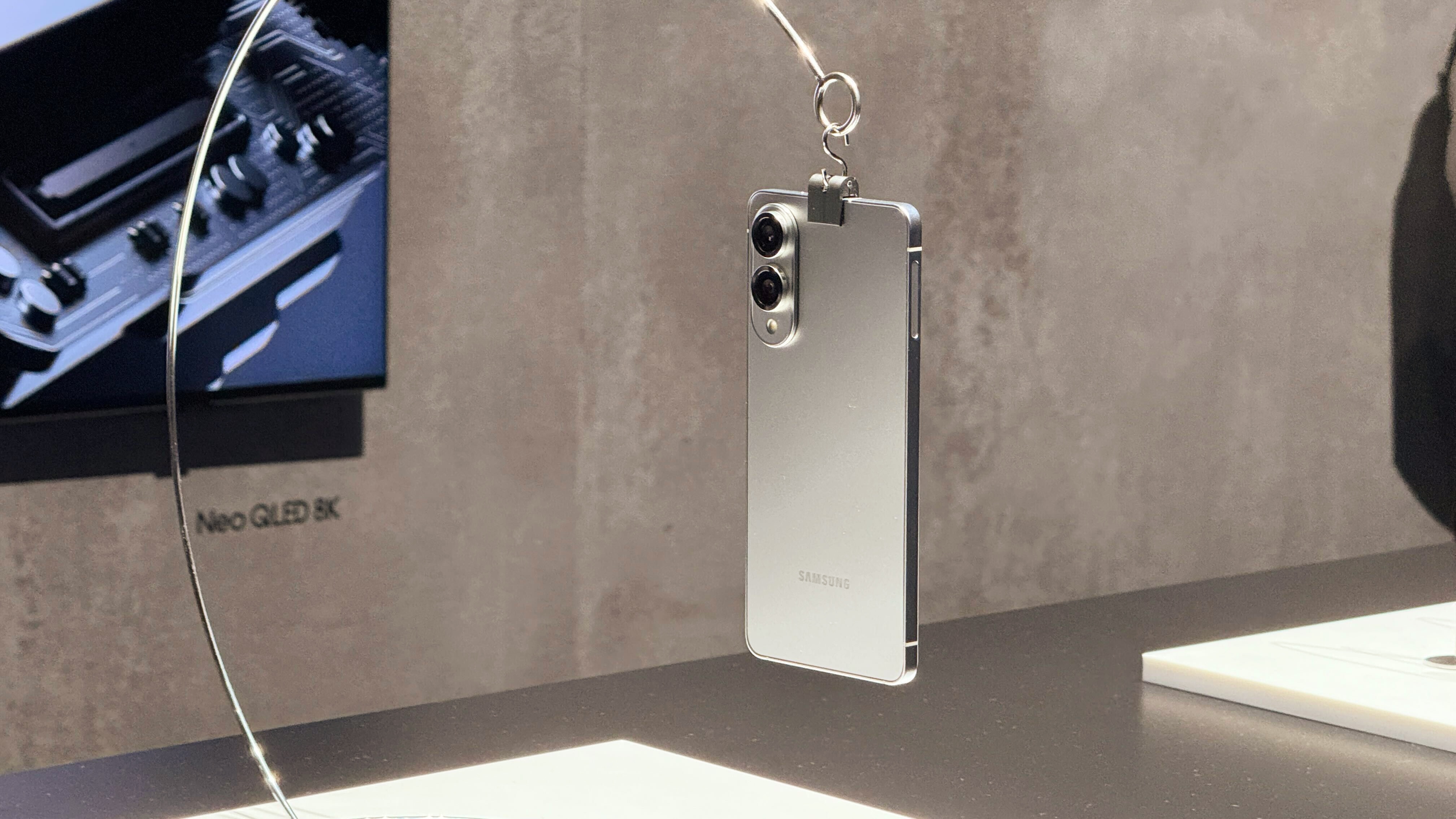Amazon's slightly terrifying new warehouse robot comes with "a sense of touch"
Amazon's Vulcan robot has force sensors and tactile feedback to feel the items it interacts with in warehouses.

- Amazon's latest warehouse robot can feel items that it handles
- Vulcan has already processed 500,000 orders in pilots
- It'll work alongside workers to boot efficiency and safety
Amazon has unveiled a brand-new warehouse robot that it's calling Vulcan, and it's a step closer to being human than many humans might feel comfortable with, but for good reason.
Vulcan has the ability to 'feel' the objects it interacts with using force sensors and tactile feedback, which means Amazon can improve precision and reduce errors in its warehouses.
The (thankfully not humanoid) robot uses two separate arms, one for rearranging items in compartments and another, equipped with a camera and suction cup, to be used for item retrieval.
Amazon Vulcan robot can "feel" objects
The company noted Vulcan was trained using physical data, including force and touch feedback, and it's already capable of picking about three-quarters of the ecommerce giant's inventory, having already processed over 500,000 orders in pilot deployments across Spokane, Washington and Hamburg, Germany.
Vulcan is also capable of self-improvement, learning from experiences much like a human child would do.
Because of this ability to learn combined with touch sensors and tactility, Amazon says Vulcan mimics human dexterity, allowing it to manipulate tightly packed compartments without damaging items.
It's also able to identify when it cannot currently handle an item, calling on a human for assistance.
Notably, in highly-stacked shelves and taller warehouses, Vulcan is able to access items more quickly than humans because it doesn't need to use a ladder, improving safety and efficiency. It's also said to work at speeds comparable to humans.
"Vulcan works alongside our employees, and the combination is better than either on their own," Amazon Robotics Director of Applied Science Aaron Parness explained.
Amazon now has more than 750,000 robots already in use across its warehouses, which it stresses are there to support and collaborate with human workers rather than replace them. Other projects include Sparrow, Robin, Cardinal and Proteus – the company's first autonomous robot.
"Our vision is to scale this technology across our network, enhancing operational efficiency, improving workplace safety, and supporting our employees by reducing physically demanding tasks," Parness concluded.




















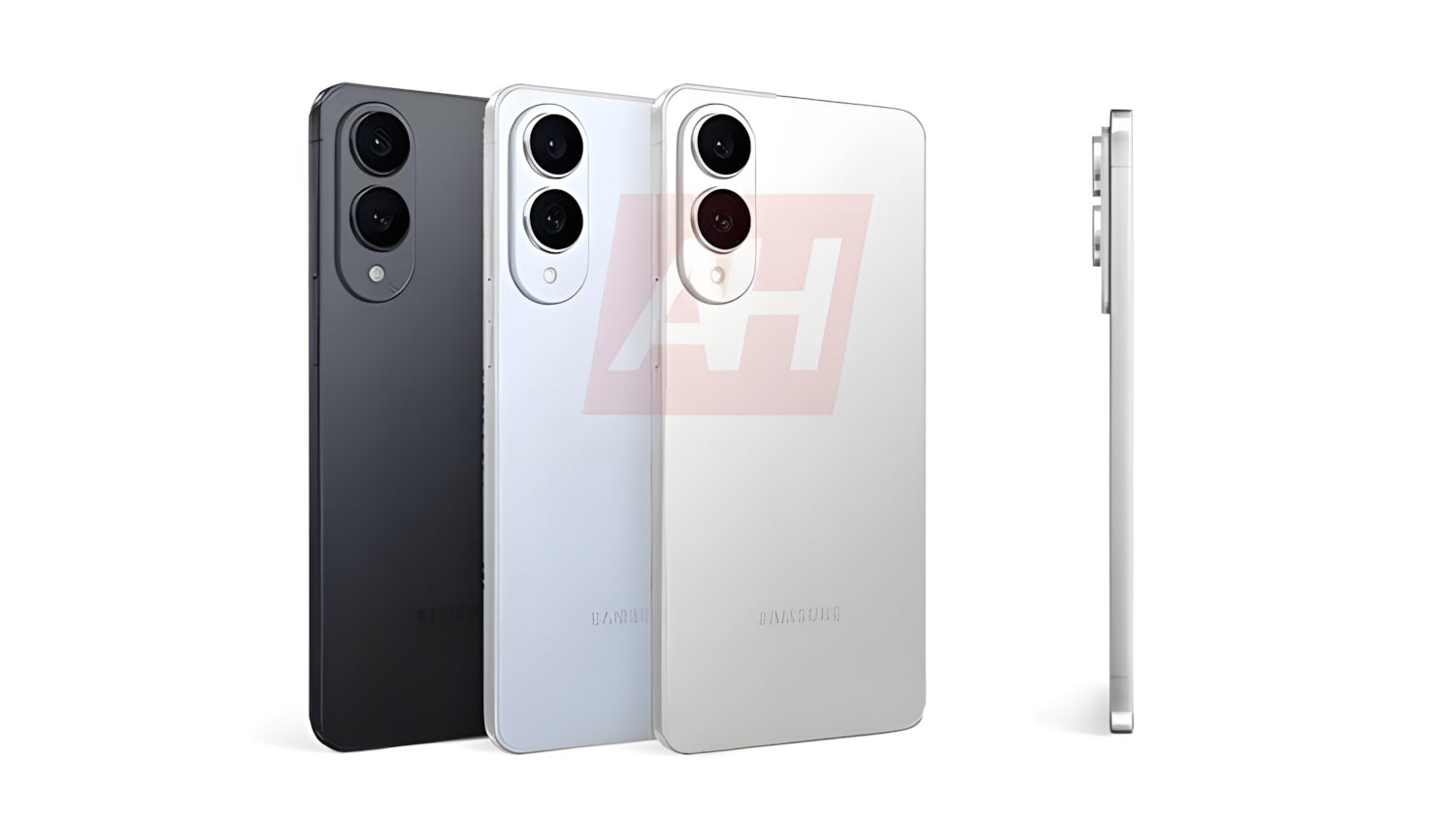
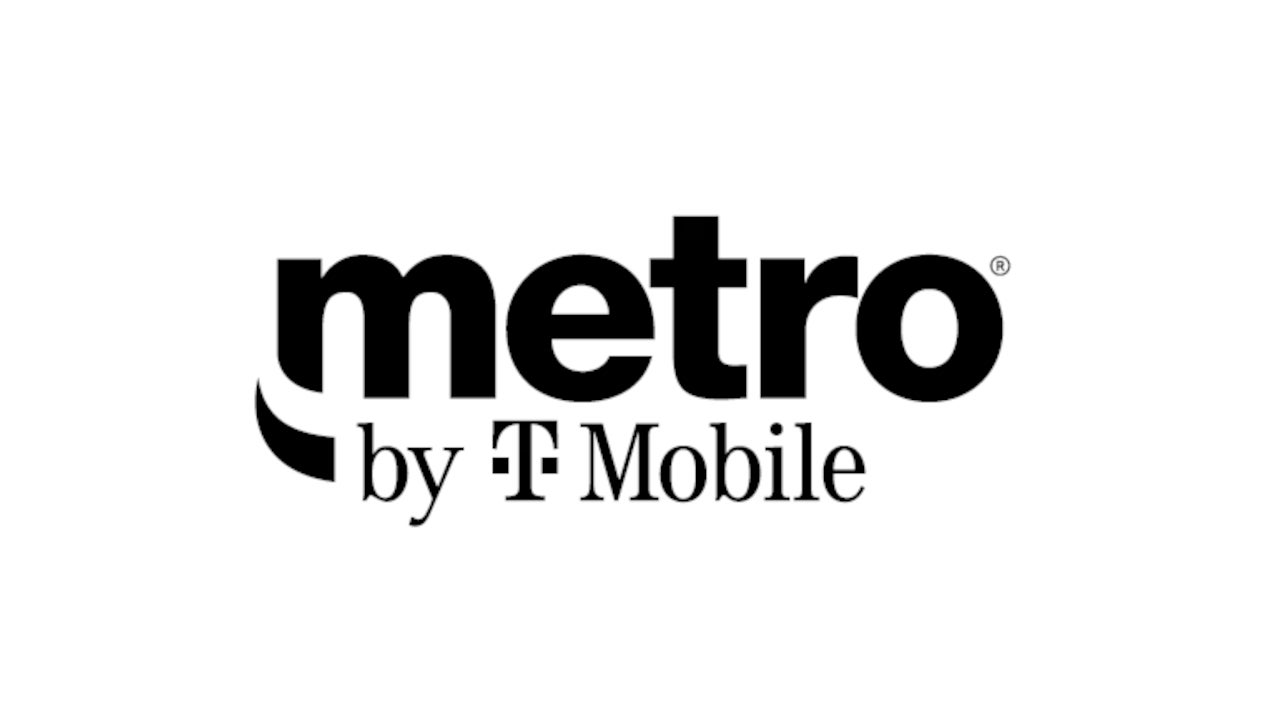




















































![Apple Shares New Mother's Day Ad: 'A Gift for Mom' [Video]](https://www.iclarified.com/images/news/97267/97267/97267-640.jpg)
![Apple Developing New Chips for Smart Glasses, Macs, AI Servers [Report]](https://www.iclarified.com/images/news/97269/97269/97269-640.jpg)
![Apple Shares Official Trailer for 'Stick' Starring Owen Wilson [Video]](https://www.iclarified.com/images/news/97264/97264/97264-640.jpg)






























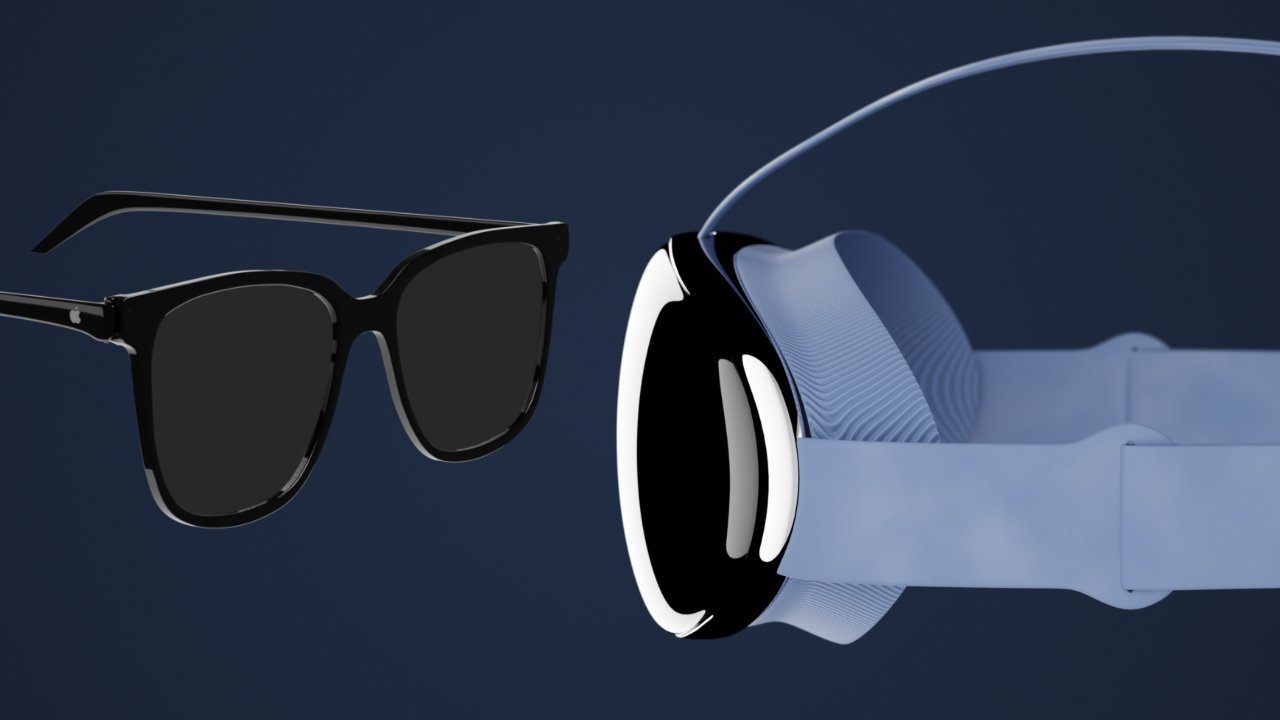








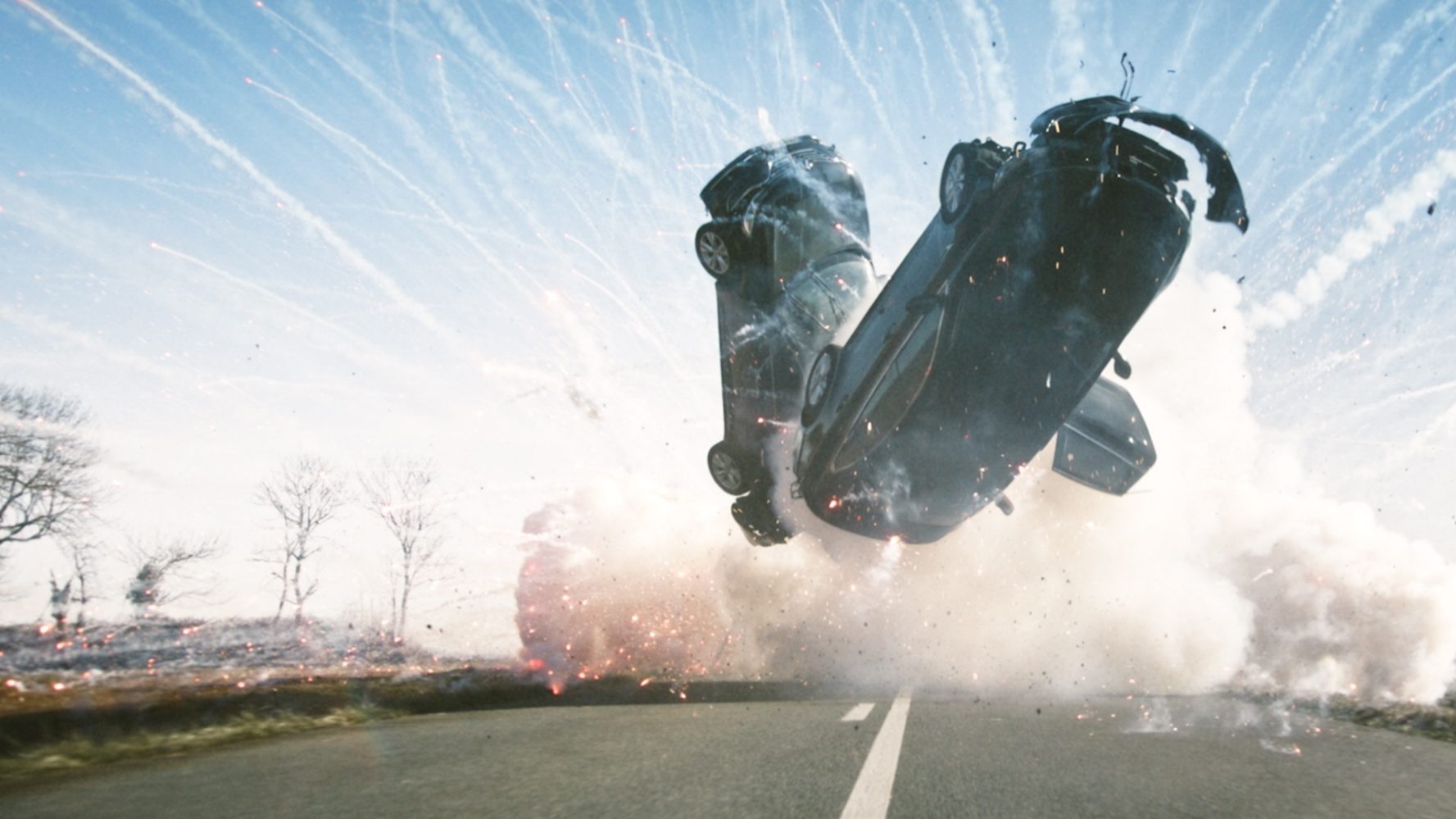


































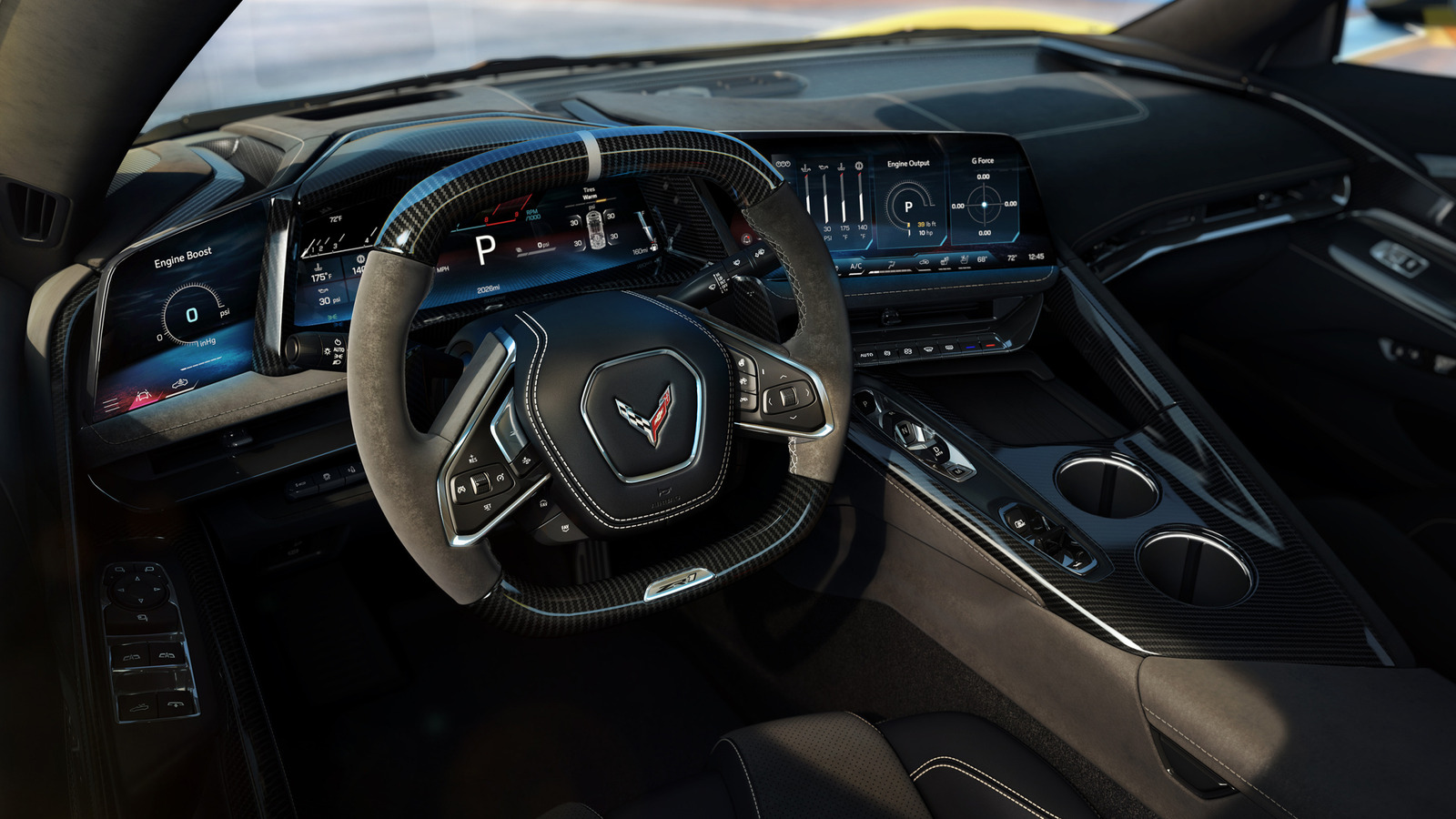
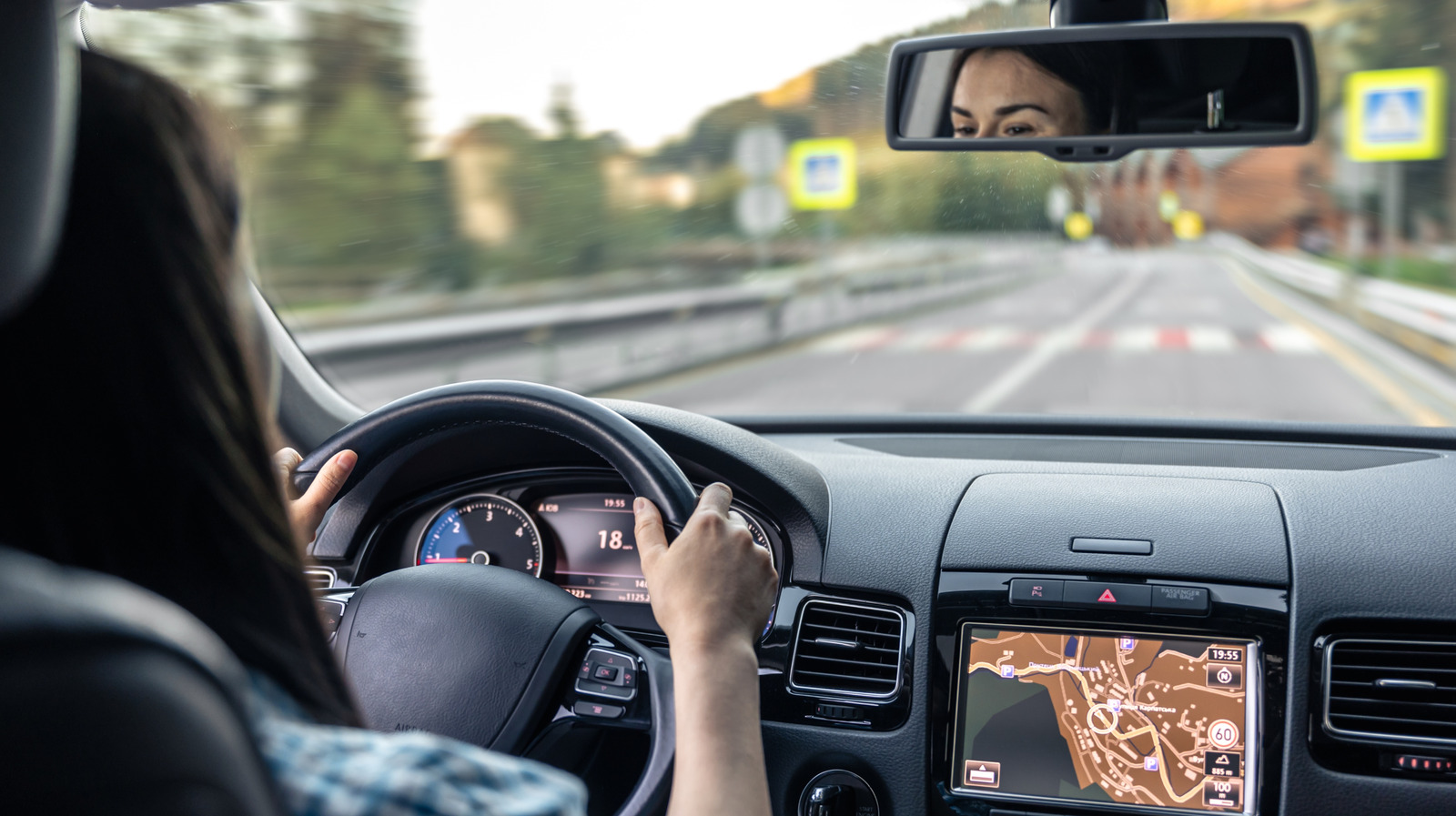


































 Evolved as a Predominant Framework for Ransomware Attacks.webp?#)



_Aleksey_Funtap_Alamy.jpg?width=1280&auto=webp&quality=80&disable=upscale#)
_Sergey_Tarasov_Alamy.jpg?width=1280&auto=webp&quality=80&disable=upscale#)
























































































































![[The AI Show Episode 146]: Rise of “AI-First” Companies, AI Job Disruption, GPT-4o Update Gets Rolled Back, How Big Consulting Firms Use AI, and Meta AI App](https://www.marketingaiinstitute.com/hubfs/ep%20146%20cover.png)


















































































































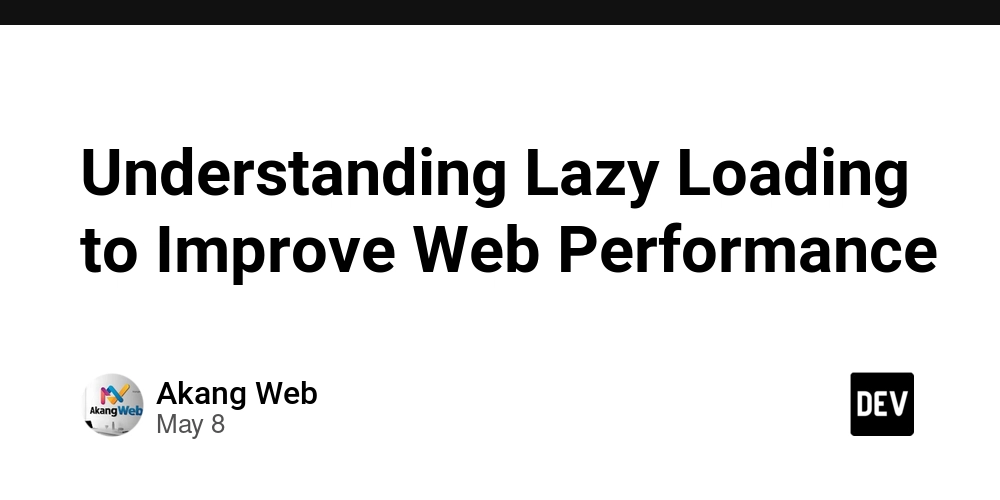











































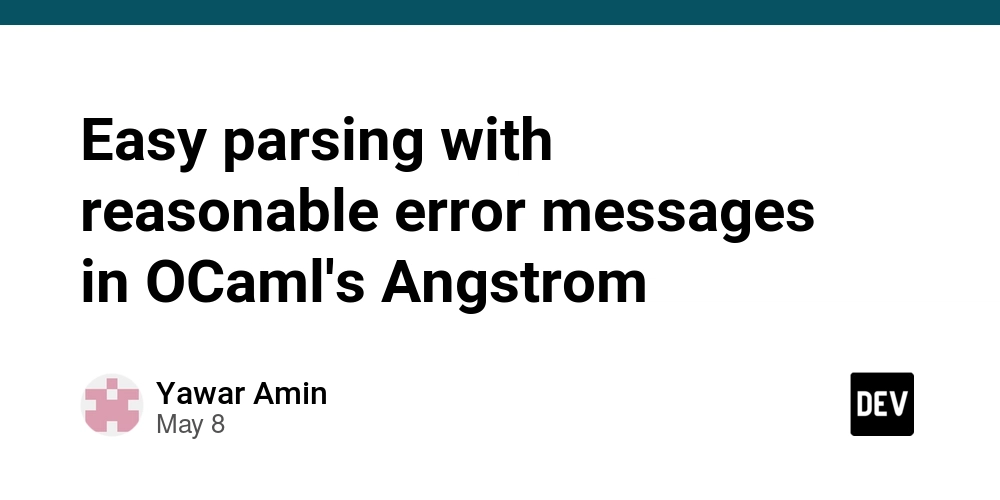
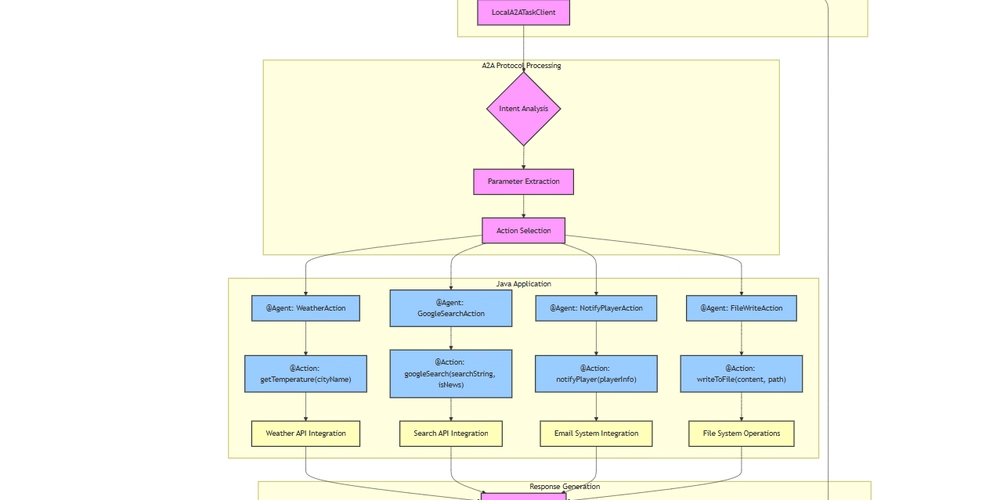




![[DEALS] The Premium Python Programming PCEP Certification Prep Bundle (67% off) & Other Deals Up To 98% Off – Offers End Soon!](https://www.javacodegeeks.com/wp-content/uploads/2012/12/jcg-logo.jpg)





























-Mafia-The-Old-Country---The-Initiation-Trailer-00-00-54.png?width=1920&height=1920&fit=bounds&quality=70&format=jpg&auto=webp#)
































































